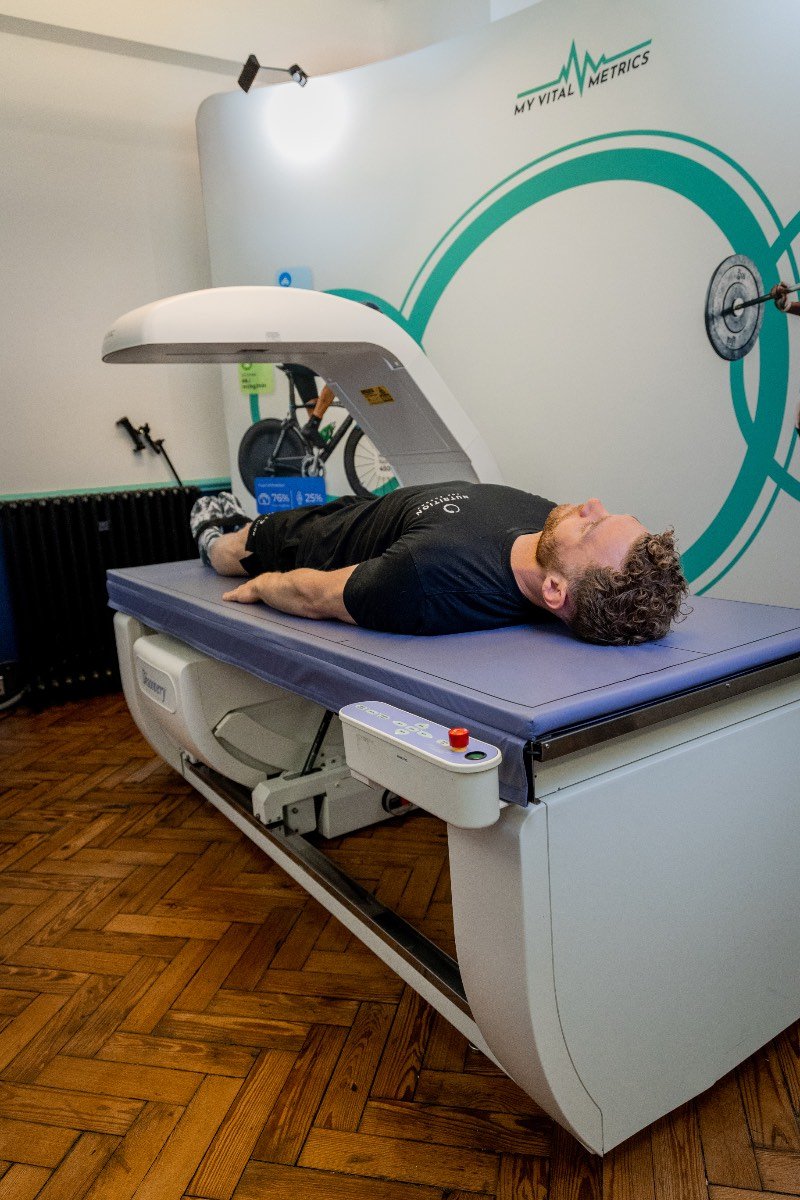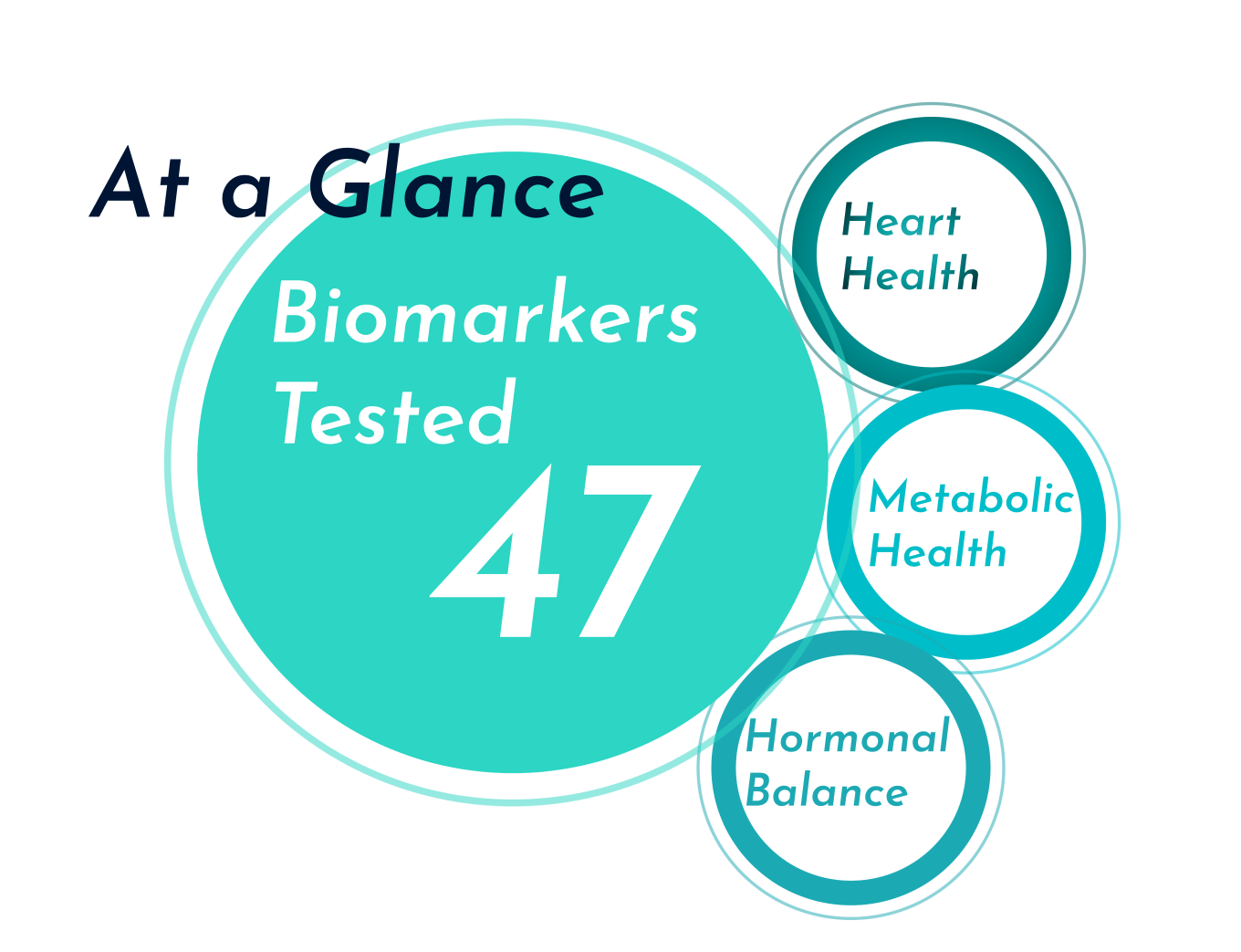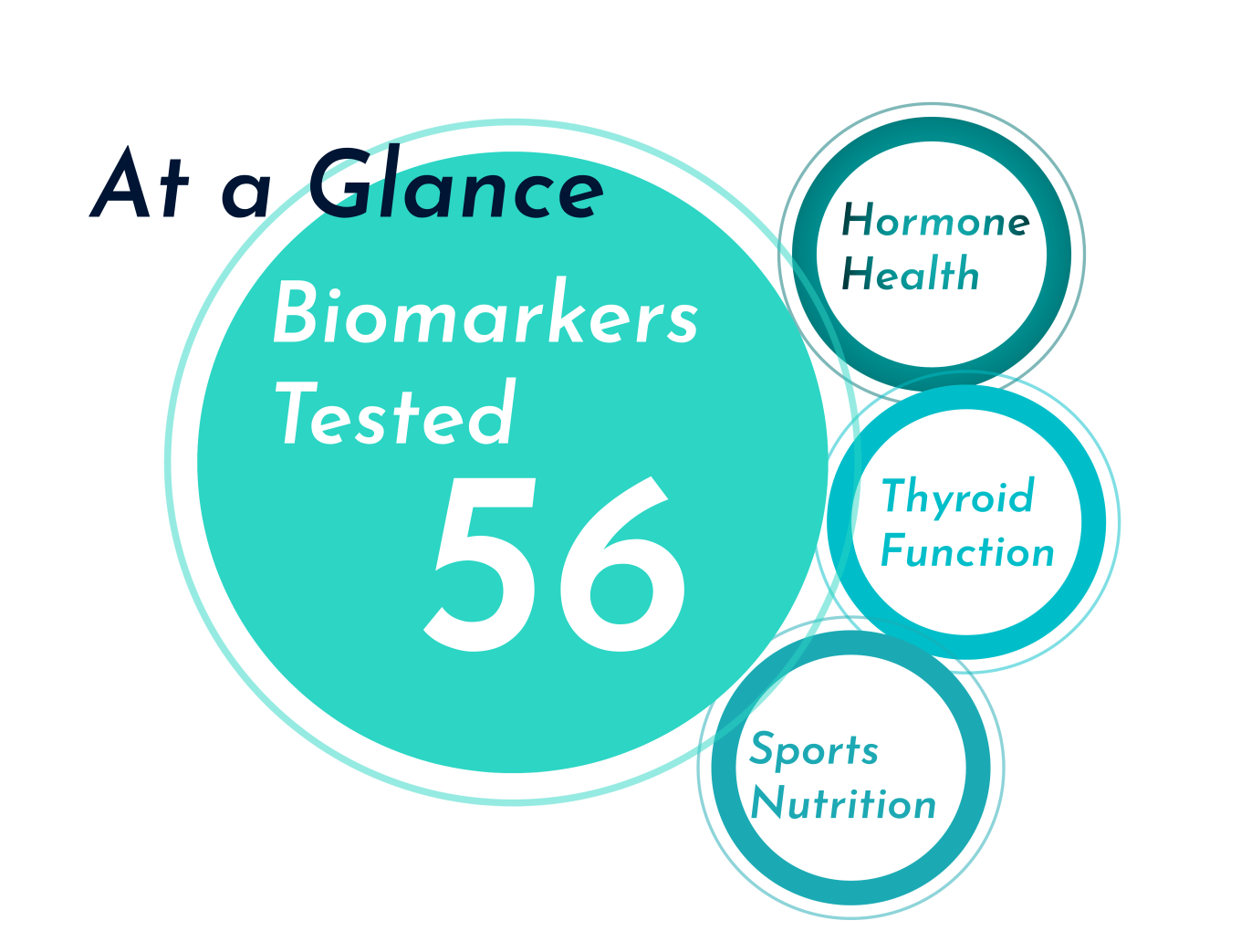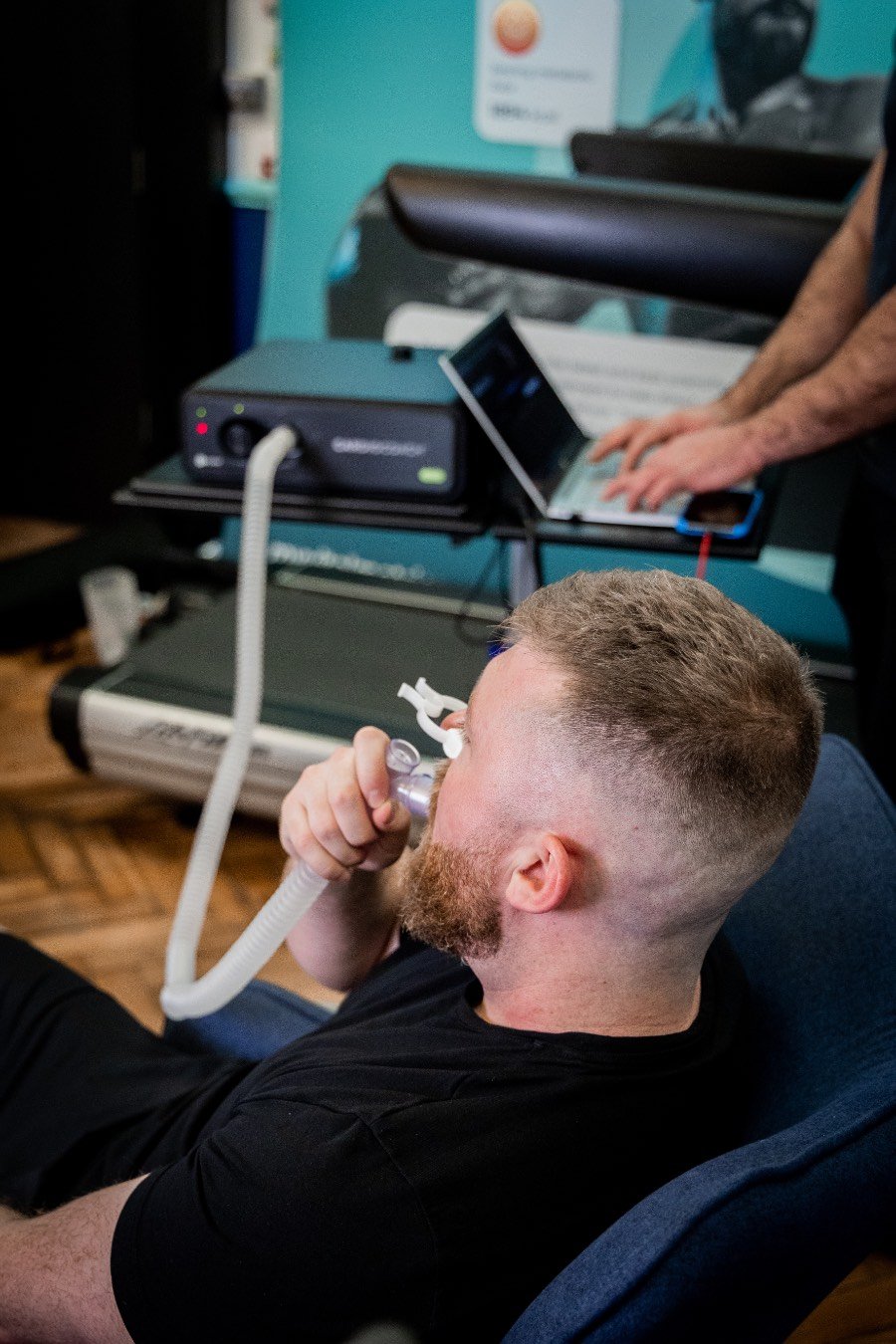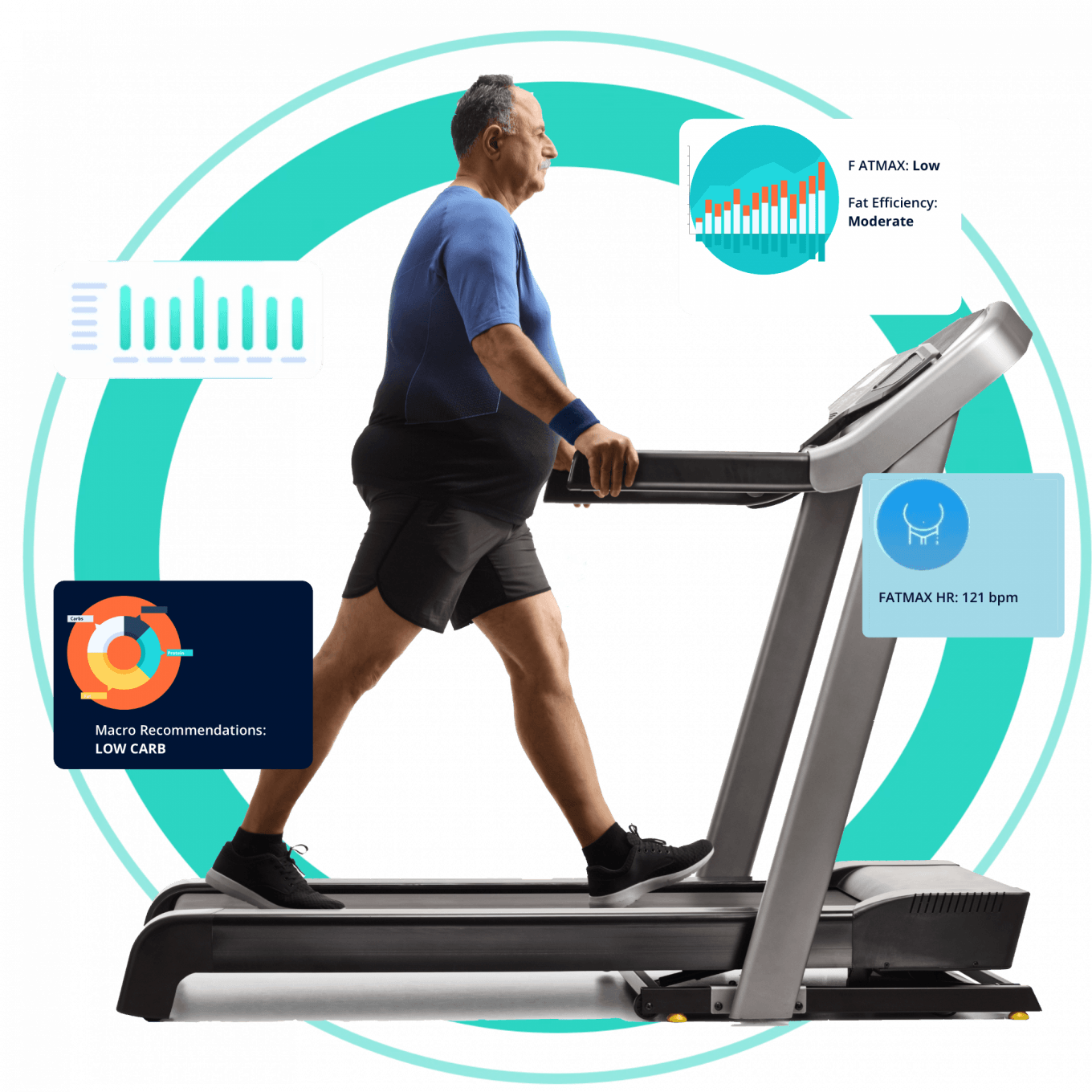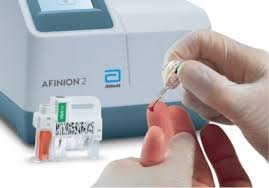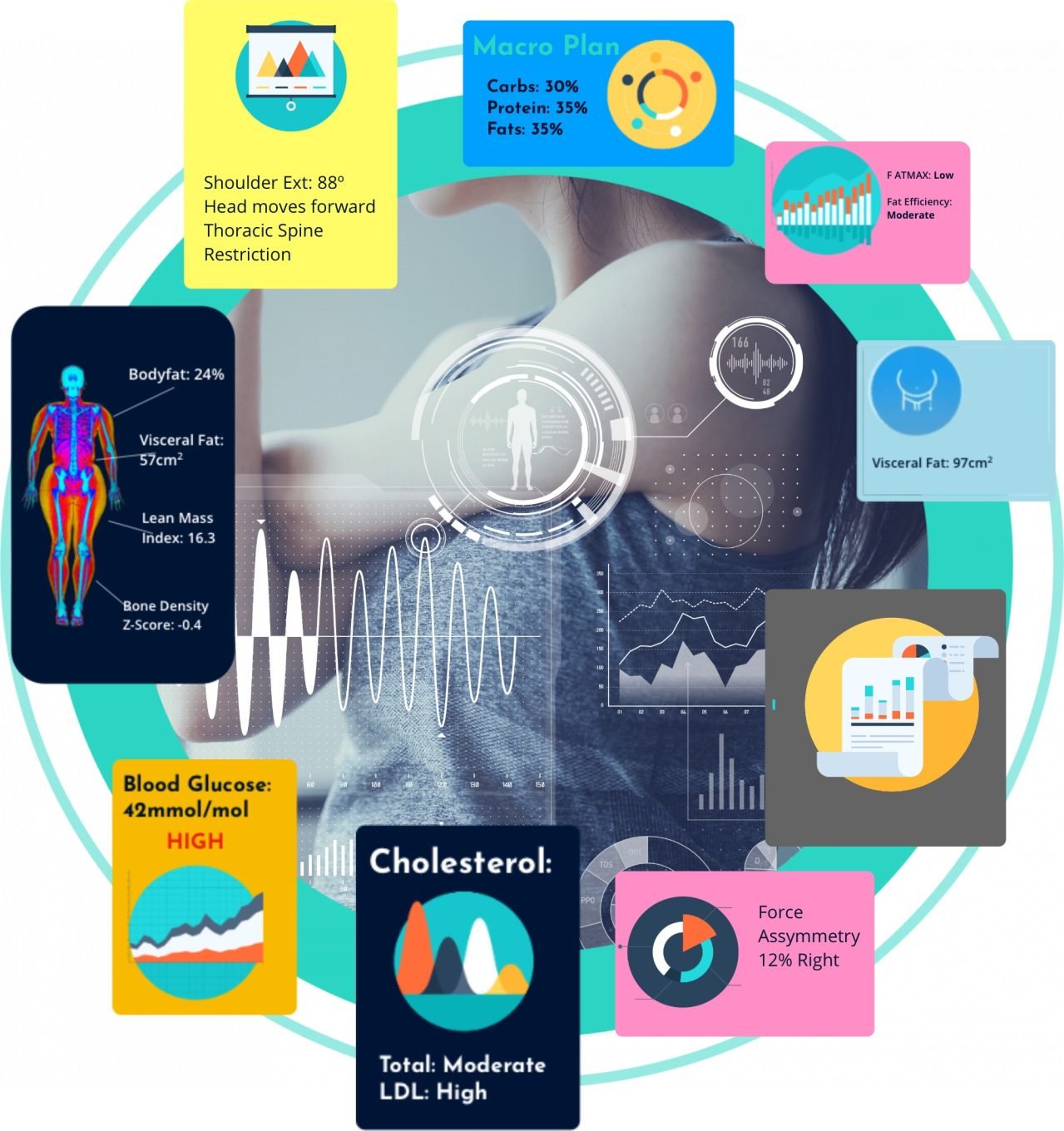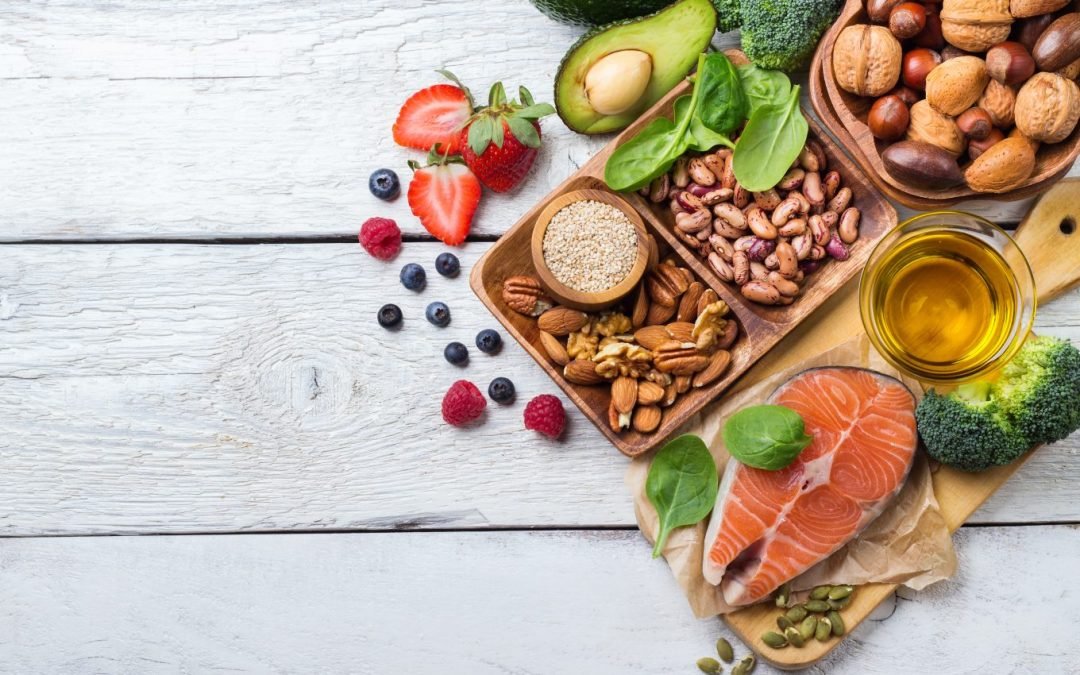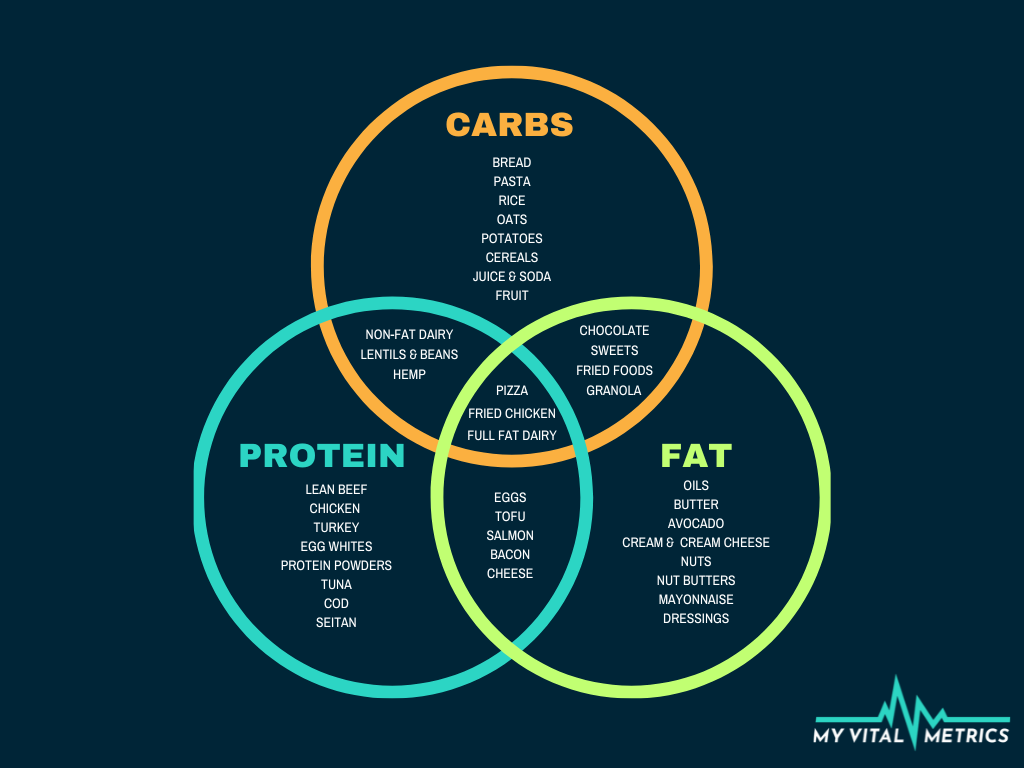Protein: The building block of muscle
Protein plays a crucial role in muscle repair, recovery, and growth, and is essential for everyone—regardless of whether you’re hitting the gym or not.
However, if you’re aiming to build muscle, protein is the cornerstone of this process. When you exercise, especially during strength training, your muscle fibres experience small tears that need to be repaired. Protein provides the amino acids necessary for this process, helping to repair existing muscle tissues and build new muscle over time.
In addition to supporting muscle recovery, protein plays a vital role in maintaining a healthy immune system, producing enzymes, and regulating hormones. High-quality protein sources include lean meats, fish, eggs, dairy products, and plant-based options like tempeh or tofu.
How much protein should I eat?
The topic of how much protein to eat is hotly debated. If you’re new to tracking your macros and are lightly active, aim to eat 1.5-2.2g of protein per kg of body weight. If you’re more active, or aiming to actively gain muscle, you may want to aim higher—try 2.0-2.6g of protein per kg of body weight. Athletes, older adults, and those who are pregnant or breastfeeding are also likely to have higher protein requirements.
Like all nutrition, protein requirements will vary depending on your activity level and goals. Seeking the personalised guidance of a nutrition coach can be a great way to maximise your results.
Carbohydrates: The body’s main energy source
Carbohydrates are the body’s preferred fuel, providing us with the energy we need for everything from high-intensity workouts to basic daily activities like walking and thinking. When consumed, carbohydrates are broken down into glucose to provide energy to cells throughout the body. Carbohydrates help sustain performance during exercise and speed up recovery by replenishing glycogen stores.
Carbohydrates come in two main forms: simple carbs, found in sugary snacks and refined grains, and complex carbs, found in whole grains, legumes, and starchy vegetables. While simple carbs provide quick energy, complex carbs offer a steadier release, along with essential nutrients and fibre. Focusing on nutrient-dense sources like oats, brown rice, quinoa, and sweet potatoes can support energy levels and overall health.
Despite the popularity of low-carb diets, carbohydrates are a crucial nutritional component. Eating a very low-carb or keto diet can lead to fatigue, headaches, and more—and it’s also not essential for weight loss.
Fats: Essential for hormone health and energy
While fats often get a bad reputation, this macronutrient is indispensable in maintaining overall health. Fats are crucial for hormone production, including those that regulate metabolism, growth, and reproductive health. Fats also serve as a concentrated energy source, particularly during low-intensity activities and when the body’s carbohydrate stores are depleted. Additionally, they help absorb fat-soluble vitamins like A, D, E, and K, which are essential for various bodily functions.
Fats come in different types: saturated fats, monounsaturated fats, polyunsaturated fats, and trans fats. Ideally, most of your fat intake should come from unsaturated sources such as avocado, nuts, seeds, olive oil, and fatty fish like salmon. However, saturated fats play an important role in producing key sex hormones, and should be included in the diet in moderation. Trans fats, which are heavily processed or heated unsaturated fats, should be avoided at all costs. These fats increase LDL cholesterol and are linked to an increased risk of heart attack and stroke.
Is alcohol a macronutrient?
In addition to protein, carbs, and fat, alcohol is often referred to as the fourth macronutrient.
Why is alcohol a macro? Alcohol provides energy, delivering 7 kilocalories per gram—more than carbohydrates and protein (at 4 kcal/g) but less than fat (9 kcal/g).
Unlike the other three macros, alcohol is not required for survival and does not contribute to bodily functions like tissue repair or enzyme production. Once consumed, alcohol is rapidly absorbed and metabolised primarily in the liver. However, because the body prioritises alcohol metabolism over other energy sources, excessive intake can disrupt fat oxidation and the successful absorption and use of other macros. This, in turn, can contribute to fat storage, higher blood sugars and a host of other issues.
As you track your macros, it’s important to not only track the caloric impact of any alcohol consumption but also to be conscious of whether it could be slowing your fitness journey.
How to track and calculate macros for your goals


